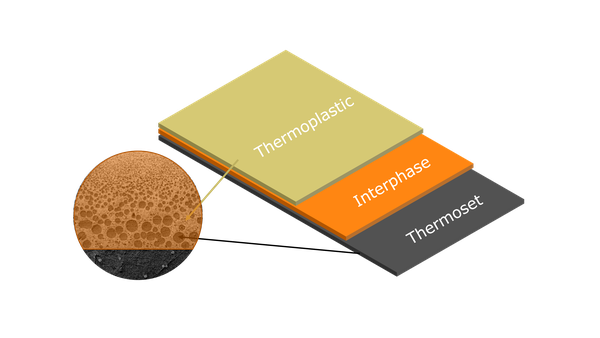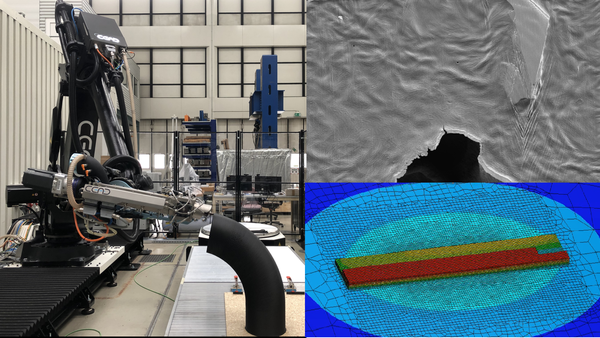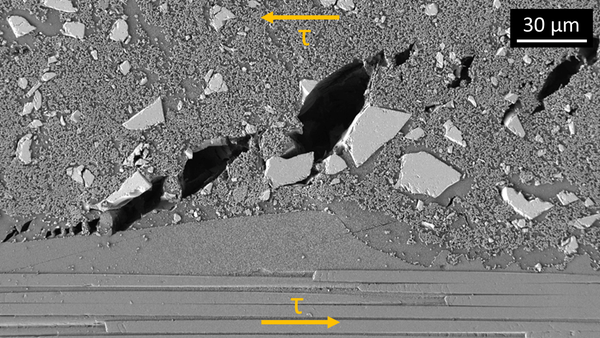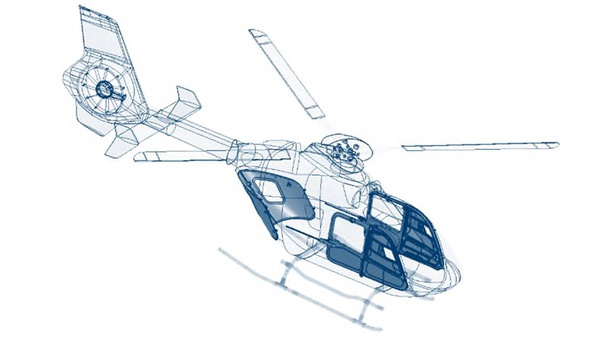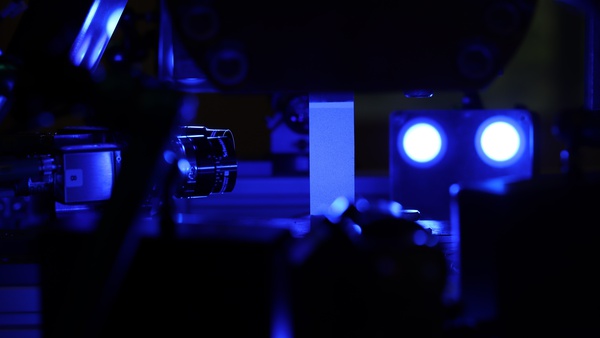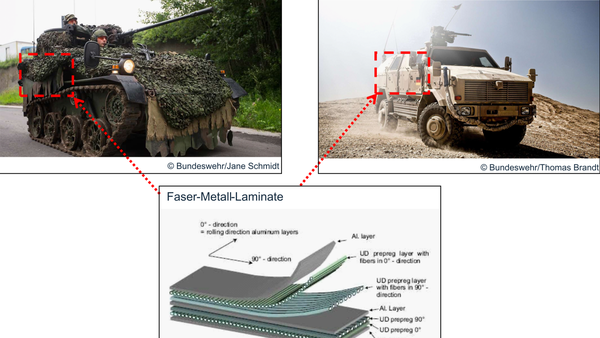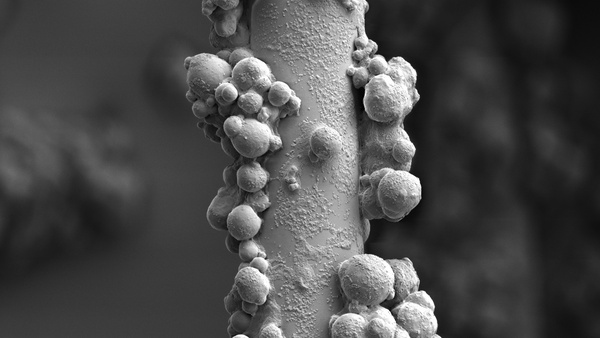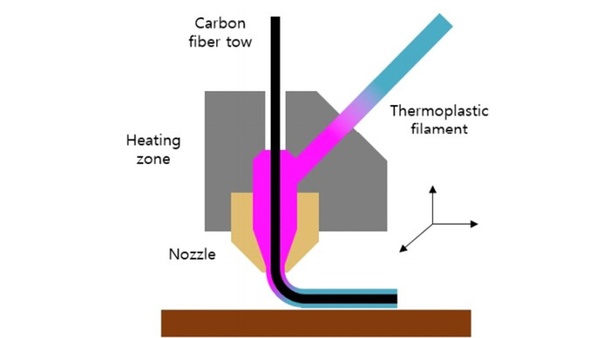Our Motivation
Fiber-reinforced composites (FRPs) have established themselves as basic raw materials for the construction of delicate lightweight structures due to their high specific mechanical properties such as stiffness and strength. Current trends indicate that raw materials with lightweight potential (i.e., lower weight for assemblies) such as polymer-based FRPs will be the focus of development and gradually replace various components in the transportation industry, e.g., automotive, aerospace, marine, and rail. The use of FRPs has expanded to other fields such as high-performance sports, energy technology (wind energy) and biomedicine (prosthetics and implants).
In this sense, the production of lightweight vehicles is the main strategy of the automotive and transportation industries to increase fuel efficiency, reduce emissions, and improve energy conservation. Effective lightweighting gets the most potential out of a part by using as little material as possible. In the case of FRP, its anisotropy and stacking order make it possible to direct the reinforcement of the part where it is needed and only put in as much material as is required for the structure in a given application.
Lightweight construction with efficient materials such as FRP can therefore help increase energy and resource efficiency today. As a research institute, the research plays a crucial role in this field of FRPs for the development of future technologies, at various stages of the development of FRP-based components, including their design, manufacture and characterization of these materials. This also enhances the University's competitiveness at the local and global technological levels by providing and developing long-term knowledge that can later be used for the benefit of society.
The strengths of the Institute's FRP research are in the following areas:
- Design of FRP structures: using bottom-up and top-down approaches, starting from the selection of materials (fibers, matrix), through the analysis of micromechanical models, to the simulation model of the whole system and vice versa. Theoretical models and numerical simulations are created to predict the mechanical behavior of the component.
- Fabrication of FRP structures: with the design, the fabrication process is defined taking into account the application of the component. The methods available at the institute include inside autoclave process (prepreg/ autoclave) or outside autoclave process (hand lay-up, vacuum infusion, hot press). This includes 3D printing of FRP, either from continuous or short fibers with thermoplastic matrices (PA6, PEEK, and others).
- FRP structure testing: various standardized tests in the aerospace industry can be performed on universal servo-hydraulic and electrical testing machines. The elastic or fracture properties of FRP can be determined using Digital Image Correlation (DIC), high speed cameras, thermal cameras and the traditional strain gauges.
- Feedback and knowledge consolidation. The quality of the fabricated material, the mechanical properties and the failure characteristics from the tests are analyzed. Analysis loops will verify that the theoretical or numerical models have been validated.
The knowledge development is in turn applied in the lectures, where the goal is to motivate students to engage with this globally relevant and timely topic and to continue their studies.
